
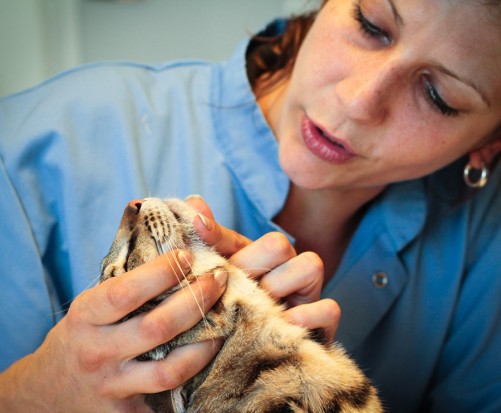
Feline acne is more common than many people realise, and although it is more obvious in paler coloured cats, it is not restricted to any particular variety or colour of cat, and is not linked to whether the cat is male or female, entire or neutered. It tends to show itself in the form of a cluster of comedones (popularly known as blackheads), usually on the chin, which look a bit like dirt on first inspection and are mostly found in young cats between the ages of 2-4 years. It can emerge for a variety of reasons, including stress, poor grooming and allergies to food or specific medicines, although the most common cause is overactive sebaceous glands or hormones in the same way as the similar problem frequently encountered by human teenagers.
Sebaceous glands are connected to the hair follicles and are mostly found on the chin (sometimes known as the submental organ) and the base of the tail (also known as the supracaudal organ), as well as the lips and genital areas, and they produce an oily secretion called sebum, which waterproofs the hairs and maintains the skin. This is not at all unusual and you will sometimes see dark marks on your walls and furniture where you cat has rubbed his head to leave his scent. In feline acne, the hair follicles become clogged with the black sebaceous material resulting in the familiar blackheads.
If the blackheads are not treated, they can turn into swollen red pustules, which will cause further irritation and may start to bleed if the cat scratches them. In extreme cases, your Vet may suggest clinical drainage of the pustules, which you should not attempt to do yourself. Occasionally, in extreme cases, secondary fungal infections might also occur, and these will certainly require specialist treatment from your Vet.
Feline acne sometimes appears in a different form, known as 'Stud tail', visible along the top of the tail nearest to the body when a dark, greasy patch appears, rather than blackheads. This is usually seen in entire male cats, but despite its name, is also sometimes seen in female cats and neuters.
In basic cases of feline acne, you can treat the affected area using a very mild, un-perfumed soap solution two or three times a day, or try applying one of the proprietary acne treatments designed for teenagers which will often do the trick - but it's worth checking with the Pharmacist or your Vet to make sure that the particular treatment won't cause any unpleasant side effects for your cat. However, cats are often quite adept at removing ointments and creams, so you may have varying degrees of success with this. You can also try brushing the chin area with a very gentle toothbrush soaked in the mild soap solution taking care that it doesn't bleed which could lead to further infection, but do not squeeze the blackheads under any circumstances as it will inevitably lead to further infection. If the problem doesn't clear up quickly, or at least show signs of some improvement, you should seek veterinary advice. In more serious cases your Vet may well prescribe an extended course of oral antibiotics over 4 to 6 weeks, based on the tests of bacterial culture and sensitivity tests so that the specific problem is really targeted. In the most extreme cases, your vet may also prescribe steroid treatment to reduce the inflammation, and will want to clip the fur around the affected area. Most instances respond well to varying degrees of treatment, but it may require quite a bit of effort on your part over a period of several weeks.
Many vets and breeders believe that feline acne under the chin is exacerbated by the use of plastic feeding and water bowls as they are porous and can trap bacteria which is then transferred to the cats skin, and it is worth changing your cat's plastic bowls to ceramic or metal to see if this helps. Hygiene is paramount when dealing with feline acne, and it's important to wash all feeding bowls regularly and very thoroughly to avoid trapping bacteria or passing it on to any other cats, and likewise, ensure that you wash your hands thoroughly after treating an affected cat.
If you or your Vet thinks insufficient grooming has caused the problem, you should make sure that you take steps to keep the affected areas clean. Likewise, if your cat is a messy eater, you will need to make sure that the chin area is clean after meal times.
There is a particularly severe form of feline acne sometimes seen in longhaired Persian cats, which can be very difficult to control. The medical tem is idiopathic Persian facial dermatitis, although Vets sometimes refer to it as 'dirty face'. In the case of an affected cat, a black waxy substance appears on the hairs around the face, and particularly around the eyes, in a symmetrical pattern, and you should not try to deal with this yourself without Veterinary advice.
Any feline acne needs dealing with for the sake of the cat's well-being, but if you try to show a cat with visible feline acne, especially if it has become sore or is bleeding, you will probably not get your cat through the show vetting in procedure, and if you do, the judge will almost certainly mark your cat down for it on the grounds of poor show preparation as mild feline acne is controllable.
Once a cat has suffered from feline acne, it will probably be a recurring problem, but in the instances where it is caused by overactive sebaceous glands or hormones, the good news is that they will probably grow out of it, just as human teenagers do.
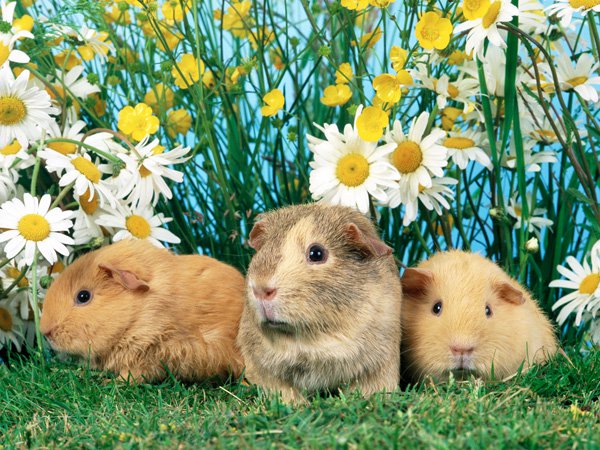 Regular Shih Tzu Grooming Prevents Health Problems For The Breed
Regular Shih Tzu Grooming Prevents Health Problems For The
Regular Shih Tzu Grooming Prevents Health Problems For The Breed
Regular Shih Tzu Grooming Prevents Health Problems For The
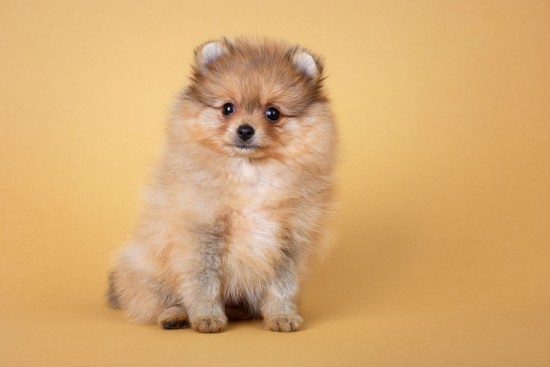 Are You Considering Buying A Toy Dog?
Are You Consideri
Are You Considering Buying A Toy Dog?
Are You Consideri
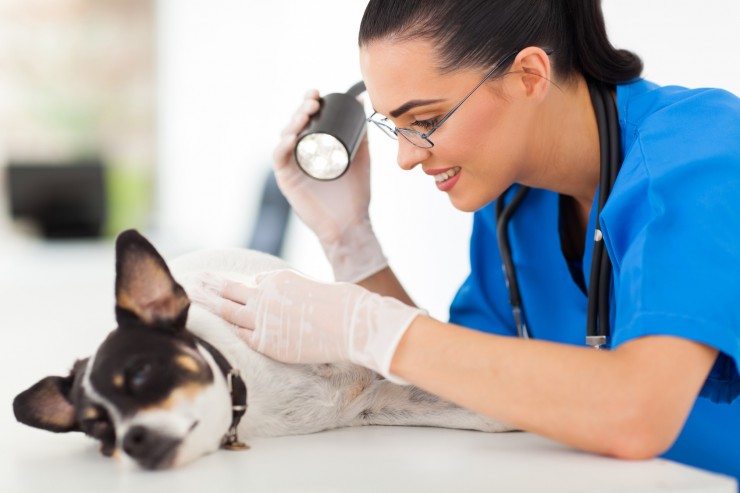 Black Patches On The Skin - Acanthosis Nigricans In Dogs
Black Patches On
Black Patches On The Skin - Acanthosis Nigricans In Dogs
Black Patches On
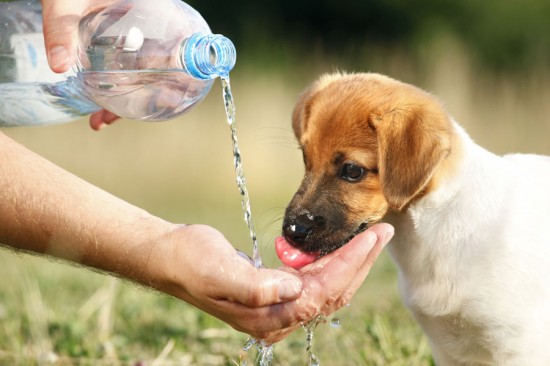 Summer Safety Tips For Pets
Summer Safety Tip
Summer Safety Tips For Pets
Summer Safety Tip
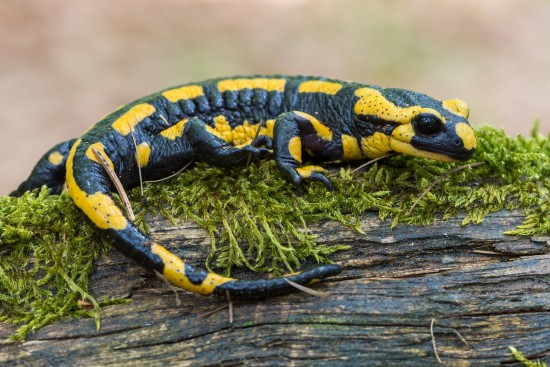 How To Keep A Pet Salamander Healthy And Happy
How To Keep A Pet
How To Keep A Pet Salamander Healthy And Happy
How To Keep A Pet
Copyright © 2005-2016 Pet Information All Rights Reserved
Contact us: www162date@outlook.com